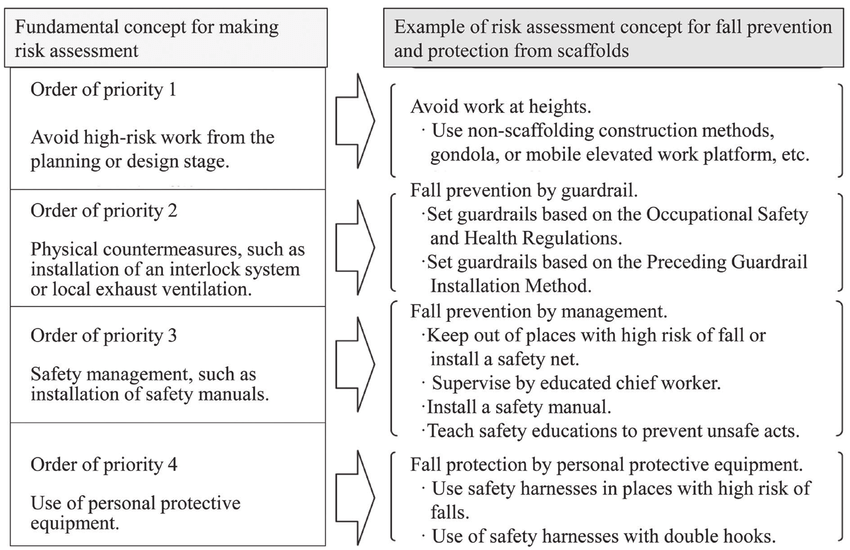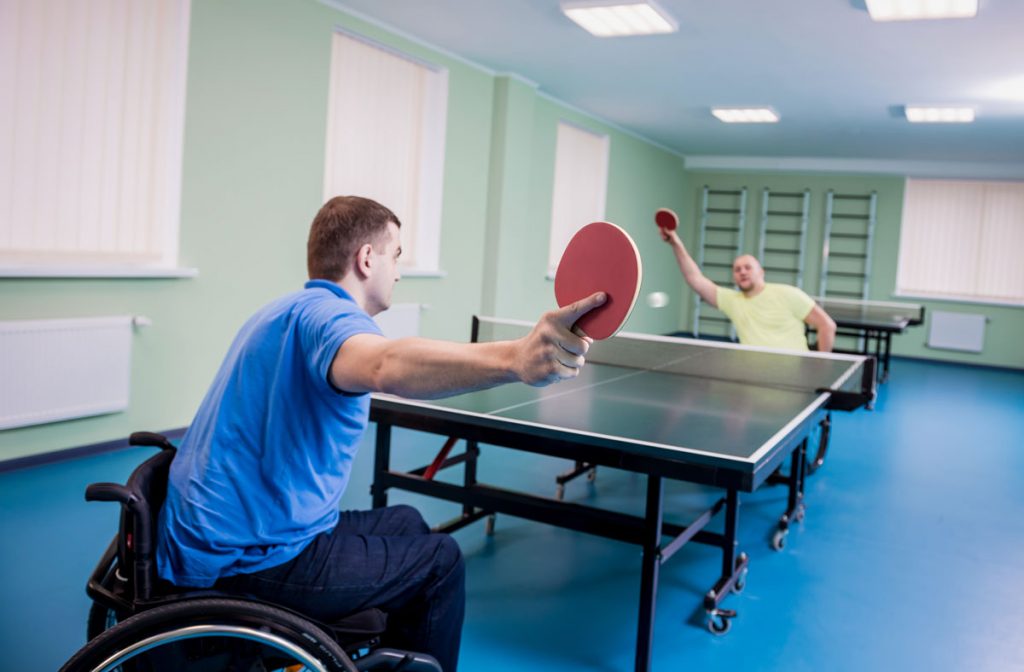The Buzz on Dementia Fall Risk
The Buzz on Dementia Fall Risk
Blog Article
Not known Factual Statements About Dementia Fall Risk
Table of ContentsDementia Fall Risk - The FactsAll About Dementia Fall RiskThe Facts About Dementia Fall Risk RevealedThe Facts About Dementia Fall Risk Revealed
An autumn danger analysis checks to see exactly how likely it is that you will drop. It is primarily provided for older adults. The evaluation usually includes: This consists of a series of inquiries concerning your general health and wellness and if you've had previous drops or troubles with equilibrium, standing, and/or walking. These devices check your stamina, balance, and stride (the method you walk).Interventions are referrals that may minimize your threat of falling. STEADI includes 3 actions: you for your threat of dropping for your risk factors that can be enhanced to try to avoid falls (for example, equilibrium troubles, damaged vision) to decrease your threat of dropping by utilizing effective methods (for example, offering education and sources), you may be asked numerous inquiries including: Have you dropped in the past year? Are you fretted about falling?
You'll sit down once again. Your service provider will certainly inspect how much time it takes you to do this. If it takes you 12 secs or even more, it may indicate you go to greater danger for an autumn. This examination checks toughness and equilibrium. You'll rest in a chair with your arms went across over your upper body.
The placements will certainly obtain tougher as you go. Stand with your feet side-by-side. Relocate one foot midway ahead, so the instep is touching the big toe of your other foot. Move one foot totally in front of the other, so the toes are touching the heel of your other foot.
Dementia Fall Risk Things To Know Before You Buy
The majority of falls occur as an outcome of multiple contributing aspects; as a result, taking care of the risk of dropping starts with determining the variables that contribute to fall danger - Dementia Fall Risk. Some of the most appropriate threat factors include: Background of previous fallsChronic clinical conditionsAcute illnessImpaired gait and balance, lower extremity weaknessCognitive impairmentChanges in visionCertain risky drugs and polypharmacyEnvironmental factors can likewise boost the threat for drops, including: Insufficient lightingUneven or harmed flooringWet or unsafe floorsMissing or harmed hand rails and grab barsDamaged or incorrectly equipped devices, such as beds, mobility devices, or walkersImproper use assistive devicesInadequate supervision of individuals staying in the NF, consisting of those who show aggressive behaviorsA successful autumn danger monitoring program requires a complete clinical assessment, with input from all members of the interdisciplinary team

The treatment strategy need to also include interventions that are system-based, such as those that promote a safe setting (appropriate lights, hand rails, grab bars, and so on). The efficiency of the treatments must be evaluated regularly, and look here the treatment plan changed as essential to mirror modifications in the autumn risk assessment. Executing a fall risk management system making use of evidence-based ideal technique can lower the frequency of drops in the NF, while limiting the potential for fall-related injuries.
The Greatest Guide To Dementia Fall Risk
The AGS/BGS guideline advises screening all grownups aged 65 years and older for loss risk annually. This testing includes asking individuals whether they have dropped 2 or more times in the past year or sought medical interest for a fall, or, if they have actually not fallen, whether they feel unstable when walking.
Individuals that have dropped when without injury ought to have their equilibrium and gait evaluated; those with stride or equilibrium abnormalities ought to receive additional analysis. A background of 1 loss without injury and without gait or balance issues does not require further assessment beyond continued annual fall danger screening. Dementia Fall Risk. An autumn danger evaluation is called for as part of the Welcome to Medicare examination

Dementia Fall Risk Can Be Fun For Everyone
Documenting a falls history is among the high quality signs for autumn prevention and administration. A critical part of risk evaluation is a medicine evaluation. A number of classes of medications increase fall threat (Table 2). Psychoactive drugs in certain are independent predictors of falls. These drugs have a tendency to be sedating, change the sensorium, and impair equilibrium and gait.
Postural hypotension can typically be reduced by decreasing the dosage of blood pressurelowering drugs and/or quiting medications that have orthostatic hypotension as an adverse effects. Use above-the-knee support tube and copulating the head of the bed elevated might likewise decrease postural reductions in high blood pressure. The advisable aspects of a fall-focused checkup are received Box 1.

A TUG time better than click for more info or equal to 12 secs recommends high fall danger. The 30-Second Chair Stand examination examines lower extremity toughness and balance. Being incapable to stand up from a chair of knee elevation without making use of one's arms indicates raised autumn danger. The 4-Stage Balance test examines fixed balance by having the person stand in 4 positions, each gradually extra challenging.
Report this page